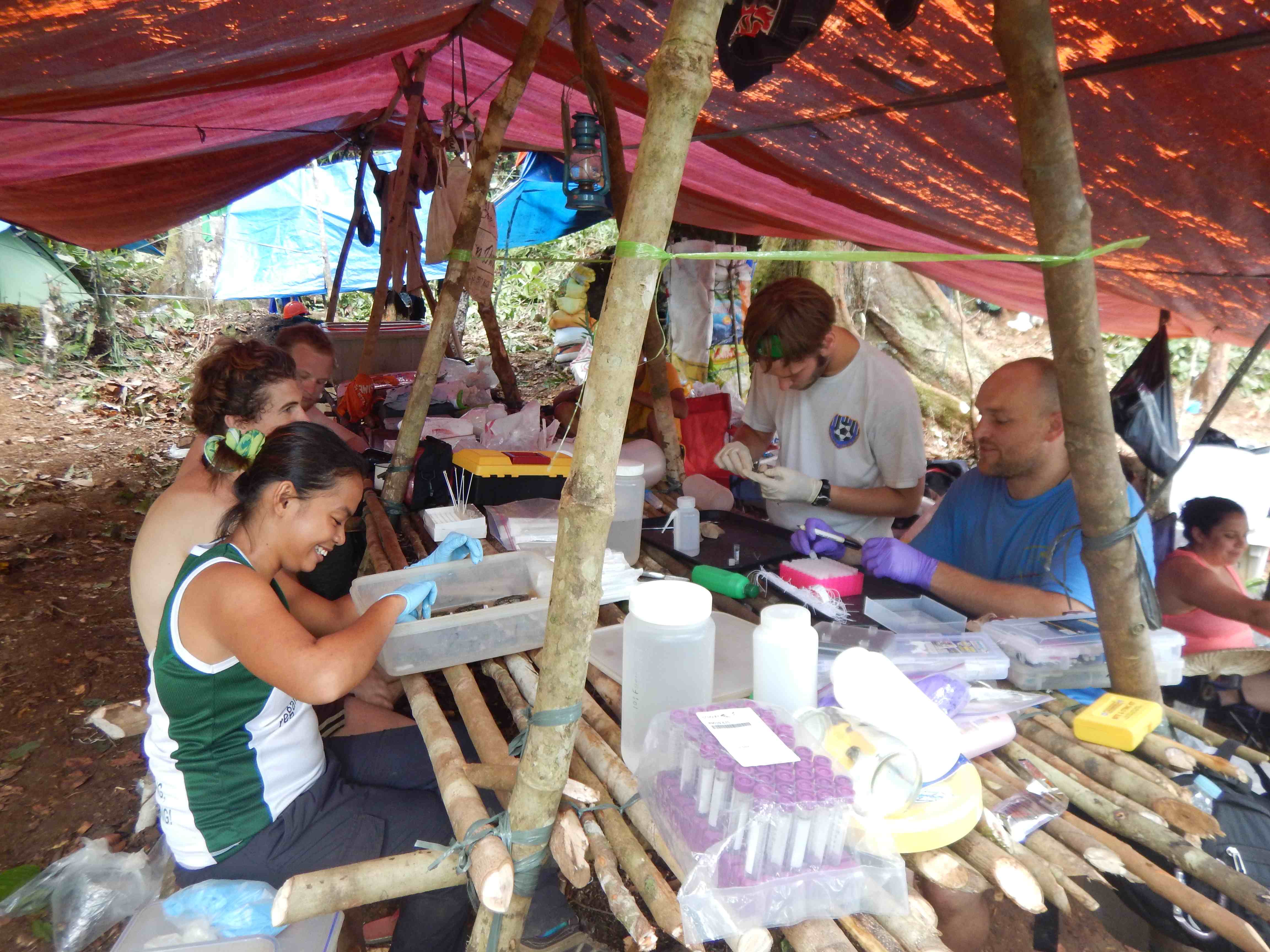Why Museum Curators Matter

Museum specimen collecting and the allocation of funds for maintaining collections are a hot topic in today’s world. Yet, natural history museums are a necessary part of documenting the history of life on earth, from historical through paleontological collections to and modern collections of living species on the planet. These specimens and their associated data are invaluable as sources of research on species distributions, tracking of infectious diseases, and monitoring of climate change. In addition, natural history museum collections are necessary for educating students and the public about the same topics, and teaching a new generation of scientists.
With all of the services that museums provide, none of it would be possible without the important work of the curators who collect, maintain, and conduct research on the specimens themselves. The Siler Lab recently published an article that outlines the importance and value of curators to the museum collections they manage. Our study describes the value and success of life science curators throughout their careers, in regards to publications, grant funding, and student interactions through teaching and direct mentorship.
Watters, J.L. and C.D. Siler. 2014. Preliminary quantifications of curator success in life science natural history collections. CLS Journal for Museum Studies 8(1): 21-33. pdf
Full issue available CLS Journal of Museum Studies.
